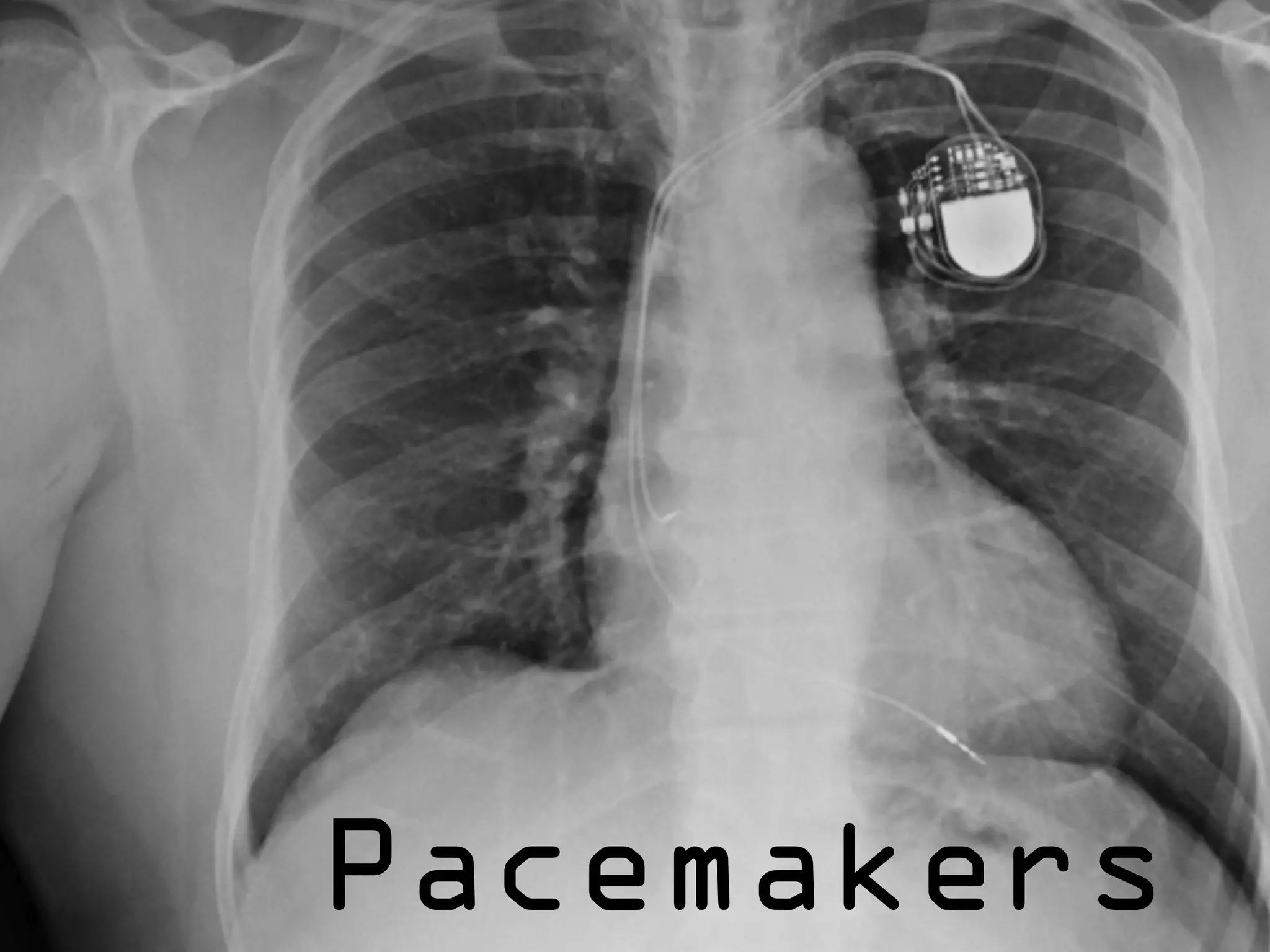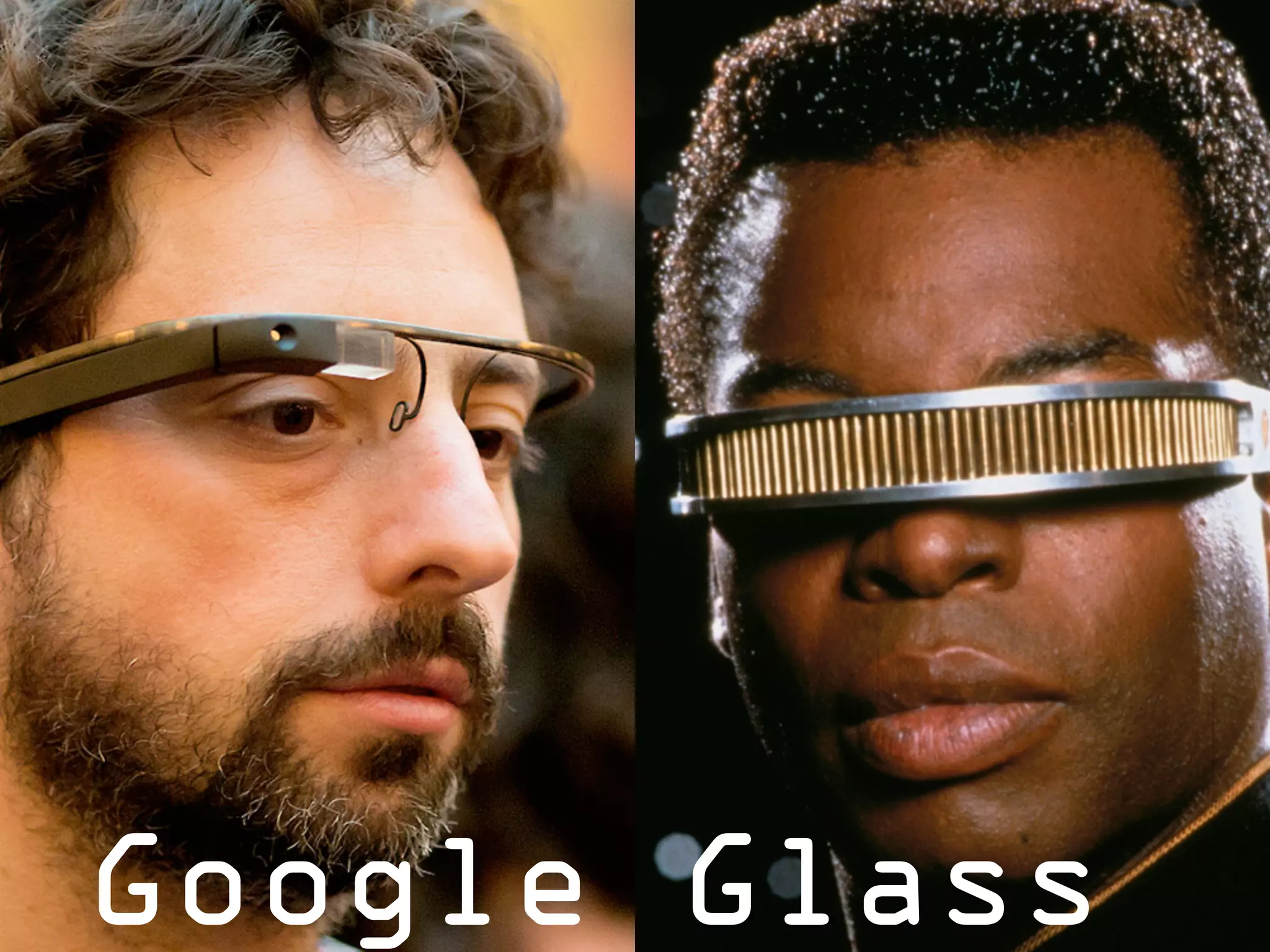The document explores the concept of cyborgs, defined as beings with both organic and biomechatronic parts, a term coined in 1960. It discusses famous fictional cyborgs, current wearable technologies like cochlear implants and bionic limbs, and raises the question of whether we are evolving into cyborgs ourselves. The text emphasizes the merging of technology with our bodies and suggests that the future might see more implanted technologies for enhanced efficiency.

![A cyborg (short for "cybernetic organism") is a
theoretical or fictional being with both organic
and biomechatronic parts. The term was coined in
1960 by Manfred Clynes and Nathan S. Kline.[1] D.
S. Halacy's Cyborg: Evolution of the Superman in
1965 featured an introduction which spoke of a
"new frontier" that was "not merely space, but
more profoundly the relationship between 'inner
space' to 'outer space' – a bridge...between mind
and matter."
From Wikipedia](https://image.slidesharecdn.com/wearables-151222165721/75/The-Future-of-Wearables-EXPLAINED-2-2048.jpg)

























